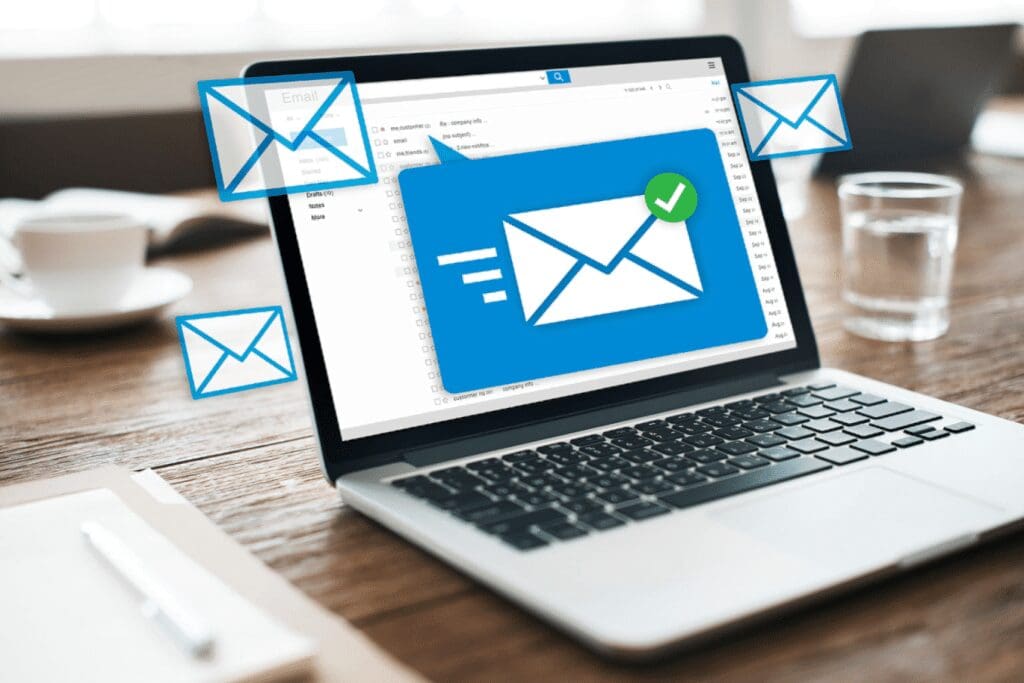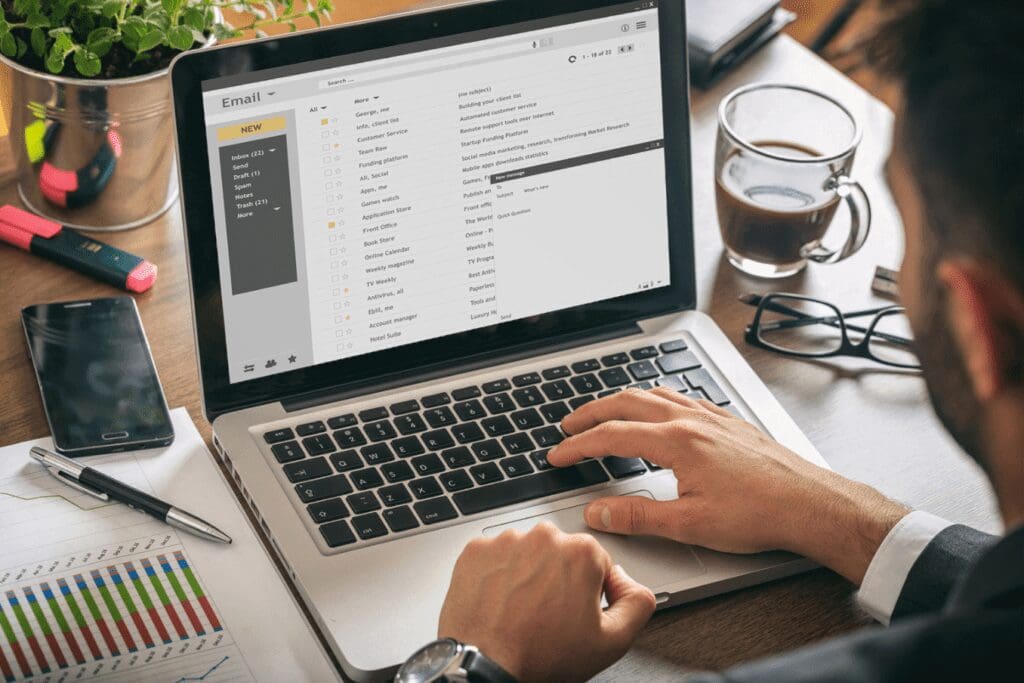As a teacher, emails are a fact of life. You’ll be getting them from other teachers and school leadership, as well as students and parents.
At some point in your career, you’re going to need to collect evidence of your teaching practice. Because emails are a written record of your communication with a range of different people, they can be essential pieces of evidence to include in your teaching portfolio.

See more: Is it Worth Becoming a Highly Accomplished Teacher?
What is a teaching portfolio?
If you’re a teacher in Australia, you’re surely familiar with portfolios.
Moving from the Graduate to the Proficient level of the Australian Professional Standards for Teachers is something that every Australian teacher needs to do. An increasing number of teachers are also deciding to continue and become Highly Accomplished or Lead teachers.
To transition to each of these career stages, you’re going to need a portfolio.
Your teaching portfolio, often also called an e-portfolio, is a collection of stories and evidence. Your portfolio will be a record of your practice as a teacher and should be aligned with the Australian Professional Standards for Teachers.
Why should I include emails as evidence in your portfolio?
There are a range of reasons why you would want to include emails as evidence of your teaching practice:
- It gives a direct and unfiltered view into how you communicate with other people and how they communicate with you.
- It can give people’s opinions of your practice, not just objective results.
- It can be a key way to get evidence of how you interact with parents.
- It can show your leadership in planning and implementing projects within your school.
Emails are also easy to find. You can search your emails for a particular communication with someone and find it pretty easily. Unlike some other pieces of evidence, emails are always there waiting for you to find; you don’t need to remember to collect them in the moment.
How can I include emails as evidence?
Screenshots are a fantastic way to put emails into your e-portfolio. You can simply clip the part of the email that you want and paste it in.
Make sure that you keep all of the parts of the email that you want! Including the date and time that it was sent can go a long way towards proving the authenticity of your evidence. It looks better than just copying and pasting the body of the text.
Make sure that you aren’t just pasting emails in, though. Emails very rarely tell the story of your teaching by themselves and should be a part of a larger evidence set.
Do I need to worry about sharing personal emails?
If you’re including emails that other people have sent as a part of your portfolio, make sure that you have permission. Written permission is always best, but different registering authorities in different states may feel differently about this matter.
You will also want to redact any names or schools that these people are from. Maintaining people’s privacy should be a priority as a teacher, and this includes in your e-portfolio.

Do I need to include emails in my portfolio?
You don’t need to have emails as a part of your evidence. They can be fantastic at demonstrating how you’re meeting each of the descriptors for your career stage, but they aren’t necessary.
If you are concerned about privacy issues surrounding sharing emails or cannot obtain permission from someone, don’t be concerned. There are plenty of other pieces of evidence that all teachers can collect to show their work.



